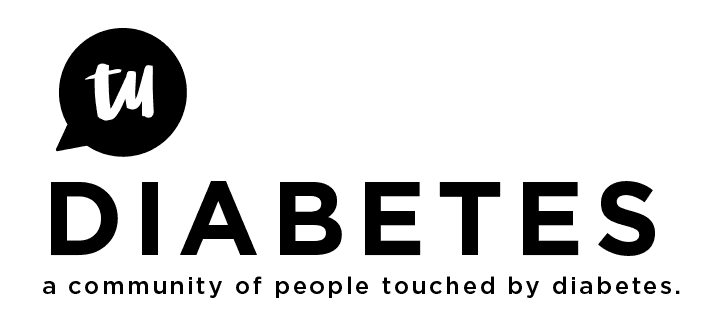Here’s info to make an informed decision about agave syrup before you buy this expensive & much hyped sweetener that claims to be diabetes friendly.
Agave syrup is not a raw food, despite some label statements that it is. It’s a processed product.
Agave is highly refined fructose & far from an ideal sweetener for diabetics or non-diabetics. Agave is 70%-90% refined fructose (the remainder is glucose), compared to high fructose corn syrup in soda that’s around 55% refined fructose. Both are processed in a similar way using genetically modified enzymes & agave is more concentrated.
So, is agave a low glycemic food? Yes, in that it reportedly doesn’t cause immediate BG spikes. But, & this is a big but, refined fructose is an unhealthy substance that is associated with many health problems. Fructose in fruit contains naturally occuring enzymes, vitamins, fiber & minerals that facilitate it being assimilated by our bodies.
An aside, as a Type 1 I prefer having carbs hit faster than slower. I don’t want surprises hours later. Research conducted to determine GI values used non-diabetic subjects, so the value of GI for Type 1s is questionable.
Refined fructose decreases the sensitivity of insulin receptors, obviously a big problem for diabetics. The prevalence of highly refined corn syrup (fructose) in processed foods & soft drinks has been linked to the increase in T2 diabetes.
Fructose causes an increase in blood levels of lactic acid & also increases uric acid.
Research strongly suggests that refined fructose is more harmful than glucose. Unlike glucose which is metabolized by every cell, refined fructose is processed by the liver.
Fructose interferes with cooper metabolism. Cooper deficiency leads to heart conditions, anemia & prevents collagen formation, among a host of other problems.
Agave being promoted as a health food, or a good alternative to sugar, is pure marketing hype. Smoke & mirrors.
Caveat emptor.

